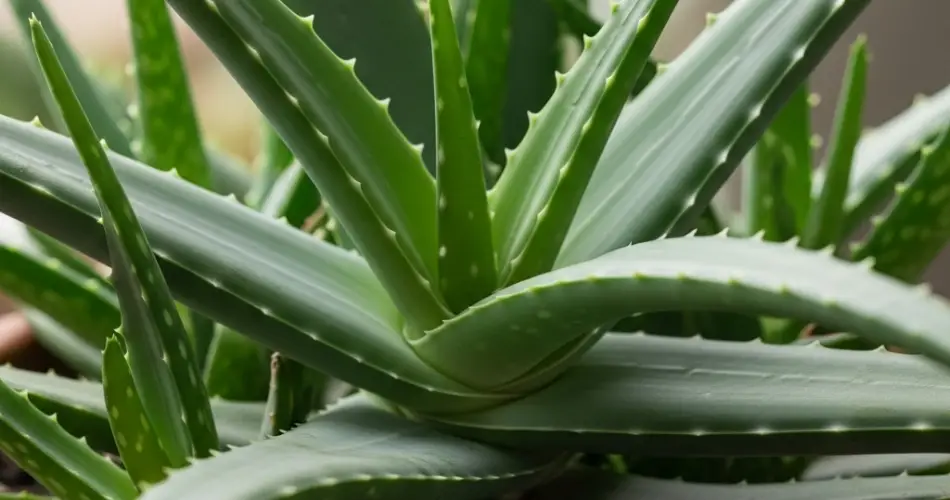If you’ve ever had a beloved plant start to wilt, yellow, or look lifeless, you’re not alone. Many gardeners — even experienced ones — encounter moments when a plant seems beyond saving. But the good news is that there’s a simple, natural method to breathe life back into your struggling greenery — no fertilizers or store-bought products required.
This easy gardening trick works by focusing on plant health from the roots up, using natural materials you likely already have at home. Whether your plant is droopy from under-watering, stressed from poor soil, or simply exhausted after a tough season, this technique can help revive it and encourage fresh new growth.
Why Plants Decline
Before diving into the revival method, it’s helpful to understand why plants sometimes deteriorate:
-
Overwatering or underwatering: Both can stress roots.
-
Compacted or poor-quality soil: Prevents oxygen and nutrients from reaching roots.
-
Lack of light: Especially common in indoor plants or shaded outdoor areas.
-
Root damage or rot: Often from sitting in soggy conditions.
-
Sudden temperature changes: Affects tropical or sensitive plants.
Knowing the cause helps tailor your rescue approach. However, the method below is gentle, supportive, and effective regardless of the specific stress your plant is experiencing.
The Revival Method: Step-by-Step
This natural approach restores hydration, oxygen flow, and root health, giving your plant a second chance.
Step 1: Gently Remove the Plant from Its Pot or Soil
Carefully take the plant out of its pot or dig it up if it’s planted in the ground. Handle the root ball gently — you want to examine it for signs of rot or dryness.
-
If the roots are mushy and dark, trim them back with sterilized scissors until you reach healthy white roots.
-
If the roots are completely dry and brittle, don’t worry — the next steps are designed to rehydrate them slowly.
Step 2: Prepare a Reviving Water Bath
Fill a basin or bucket with room-temperature water. Let the water sit for at least 30 minutes beforehand to allow any chlorine to evaporate if you’re using tap water.
Soak the root ball in the water for 30 to 60 minutes. This rehydrates the plant gradually and helps reset moisture levels without shocking it.
Tip: You can optionally add a teaspoon of honey or aloe vera gel to the water. Both contain natural antibacterial and healing properties that support root recovery.
Step 3: Improve Drainage and Air Flow
While the plant is soaking, prepare a new pot or garden hole with loose, airy soil. Avoid compacted dirt — it must drain well but still retain some moisture.
Create your own mix using:
-
2 parts potting soil
-
1 part perlite or coarse sand
-
1 part compost or coconut coir
This mix ensures that roots can breathe and stretch into their new home comfortably.
Step 4: Replant and Water Lightly
After the soaking, replant your revived plant in the fresh soil. Press the soil gently around the roots, avoiding excessive pressure.
Water lightly to settle the soil. Avoid drenching — too much water right away can stress the roots again.
Step 5: Choose the Right Spot
Place the plant in a location with filtered light or soft morning sun. Avoid strong midday rays, especially for recovering plants. Shade and warmth help reduce stress while allowing the plant to rebuild strength.
Step 6: Create a Moisture Bubble (Optional)
For tropical or humidity-loving plants, consider loosely covering the plant with a transparent plastic bag for a few days. This creates a mini-greenhouse effect that supports leaf recovery. Make sure the bag doesn’t touch the leaves and leave an opening for airflow.
What to Expect
Don’t expect instant results. A truly stressed plant can take days or even a few weeks to show signs of improvement. Watch for:
-
Firmer stems and leaves
-
New buds or shoots
-
Deeper green coloring
Be patient — consistent care makes all the difference.
Maintenance Tips to Keep Plants Thriving
Once your plant has recovered, keep it healthy with these ongoing habits:
-
Water smart: Check the soil before watering. Only water when the top layer is dry.
-
Improve airflow: Avoid overcrowding plants to prevent disease and root stress.
-
Trim dead growth: Prune away yellow or brown leaves regularly to redirect energy.
-
Rotate position: If indoors, rotate your plant every few weeks to encourage even growth.
-
Use homemade tonics: Banana peel water, used coffee grounds (sparingly), or rice water can provide gentle nutrients without synthetic fertilizers.
Final Thoughts
You don’t need expensive products to bring your plant back to life. With a little patience, attention, and this simple root-soaking method, you can revive plants naturally and effectively. This technique is especially helpful for sensitive indoor plants and herbs but works just as well in the garden.
So next time your plant looks like it’s on its last leg, don’t give up — try this gentle rescue method and watch it thrive again.



